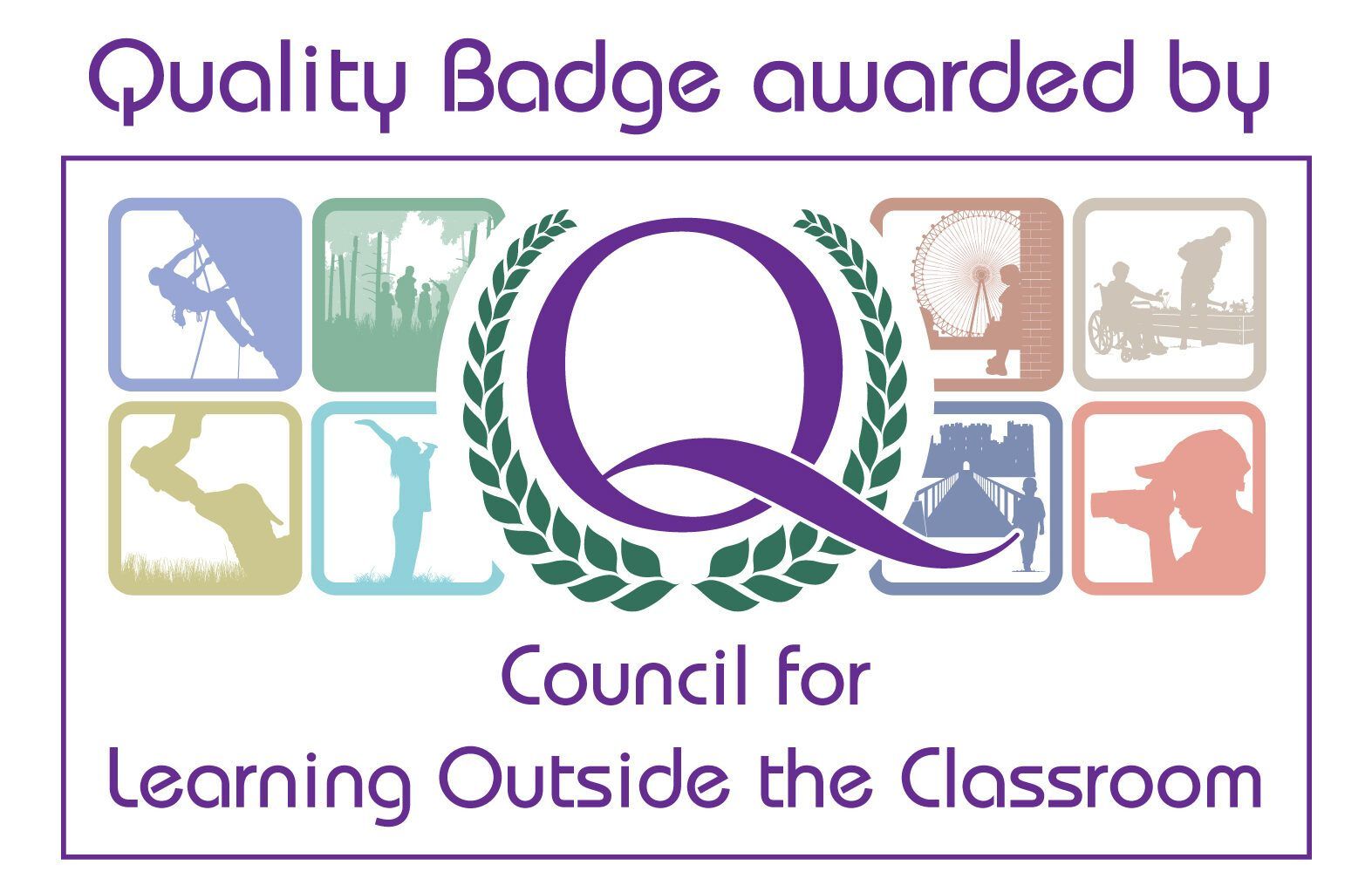How climates change
KS2 geography
Aligns with the national curriculum
How climates change
KS2 geography
Aligns with the national curriculum
How climates change
KS2 geography
Aligns with the national curriculum
The difference between weather and climate
Weather is something that comes and goes. Today it's rainy – but the weatherman says it'll be hot at the weekend. This is different from climate.
Climate is the average weather in a place. It's measured over a longer period than the weather – around 30 years.
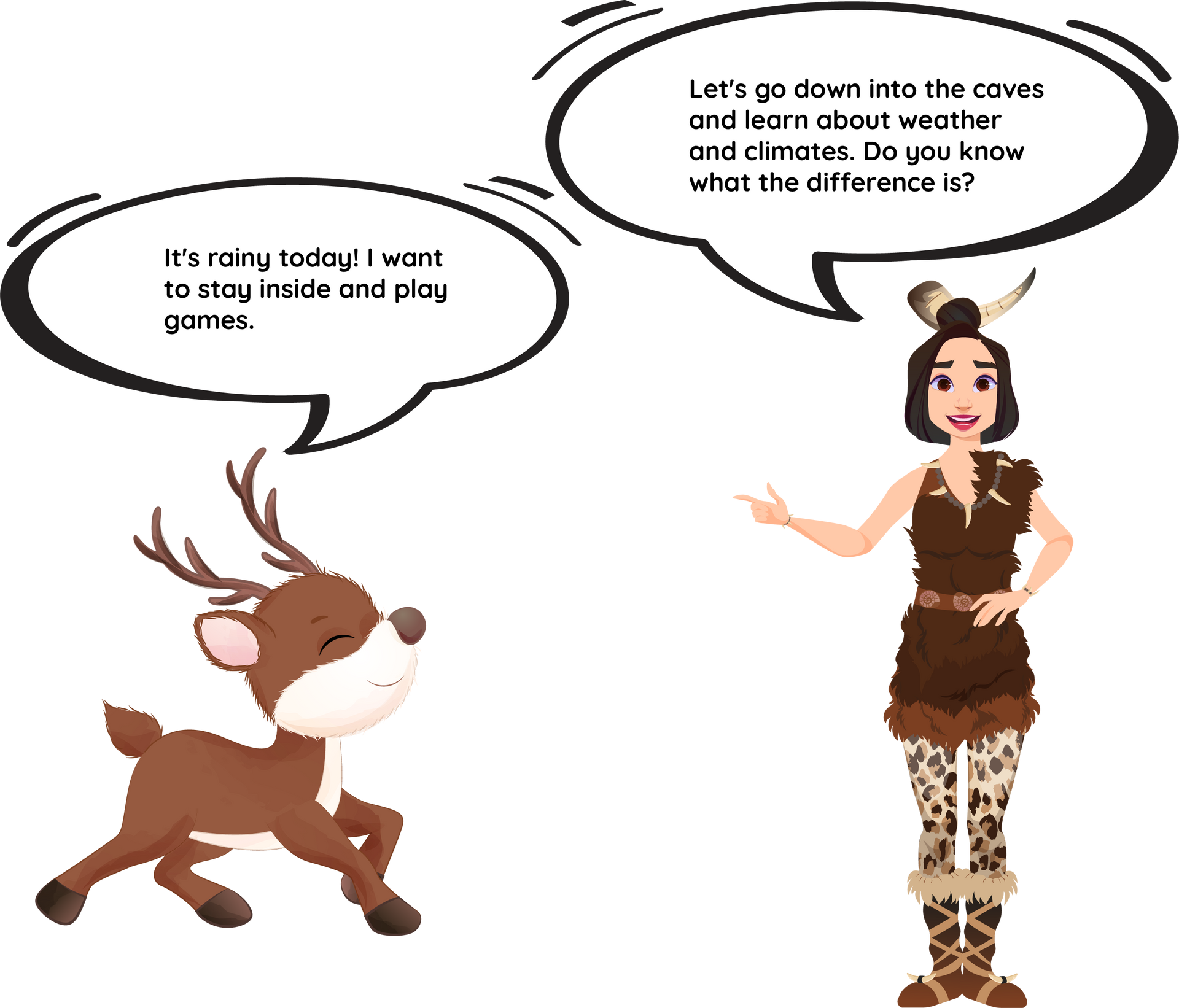

The difference between weather and climate
Weather is something that comes and goes. Today it's rainy – but the weatherman says it'll be hot at the weekend. This is different from climate.
Climate is the average weather in a place. It's measured over a longer period than the weather – around 30 years.

The difference between weather and climate
Weather is something that comes and goes. Today it's rainy – but the weatherman says it'll be hot at the weekend. This is different from climate.
Climate is the average weather in a place. It's measured over a longer period than the weather – around 30 years.
If you go to the Sahara Desert in Africa, the climate is dry and it almost never rains.
If you go to the Sahara Desert in Africa, the climate is dry and it almost never rains.
If you go to the Sahara Desert in Africa, the climate is dry and it almost never rains.
But go to the North Pole and it's freezing!
This will be true if you go in spring, summer, autumn or winter.
But go to the North Pole and it's freezing!
This will be true if you go in spring, summer, autumn or winter.
In the UK, the climate is temperate. This means that the temperature is mild and there's moderate rainfall. The weather changes a lot, but the climate doesn't.
But climates do change. In the UK, heatwaves in summer are more common now than 30 years ago.
Changes to the climate can be natural – but there are also changes which humans have made. These can be bad for the planet.
In the UK, the climate is temperate. This means that the temperature is mild and there's moderate rainfall. The weather changes a lot, but the climate doesn't.
But climates do change. In the UK, heatwaves in summer are more common now than 30 years ago.
Changes to the climate can be natural – but there are also changes which humans have made. These can be bad for the planet.
In the UK, the climate is temperate. This means that the temperature is mild and there's moderate rainfall. The weather changes a lot, but the climate doesn't.
But climates do change. In the UK, heatwaves in summer are more common now than 30 years ago.
Changes to the climate can be natural – but there are also changes which humans have made. These can be bad for the planet.
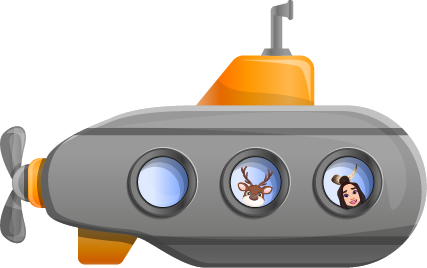
Did you know that Stump Cross Caverns used to be underwater? No, really!
More than 300 million years ago the Yorkshire Dales were completely covered by a shallow sea.
The limestone you see in the caves was formed over millions of years. Billions of shells and sea plants settled on the bottom of the sea. These layers then became covered in sand and silt. Over time, they turned into limestone!
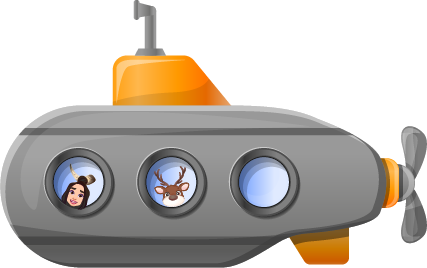

Did you know that Stump Cross Caverns used to be underwater? No, really!
More than 300 million years ago the Yorkshire Dales were completely covered by a shallow sea.
The limestone you see in the caves was formed over millions of years. Billions of shells and sea plants settled on the bottom of the sea. These layers then became covered in sand and silt. Over time, they turned into limestone!

How humans change the environment
How humans change the environment
How humans change the environment
Way back in the Stone Age, most of Britain was wooded. There were forests everywhere!
Over time, most of the trees were cut down. This is called deforestation.
This is a problem because we're cutting down more trees than we plant. Forests take hundreds of years to grow – and without them, some animals and plants have nowhere to live.
Way back in the Stone Age, most of Britain was wooded. There were forests everywhere!
Over time, most of the trees were cut down. This is called deforestation.
This is a problem because we're cutting down more trees than we plant. Forests take hundreds of years to grow – and without them, some animals and plants have nowhere to live.
Way back in the Stone Age, most of Britain was wooded. There were forests everywhere!
Over time, most of the trees were cut down. This is called deforestation.
This is a problem because we're cutting down more trees than we plant.
Forests take hundreds of years to grow – and without them, some animals and plants have nowhere to live.
Luckily, we can change this. We need to plant as many trees as we can. If we do this, we'll make new habitats where animals and plants can live.
Luckily, we can change this. We need to plant as many trees as we can. If we do this, we'll make new habitats where animals and plants can live.
Luckily, we can change this. We need to plant as many trees as we can. If we do this, we'll make new habitats where animals and plants can live.
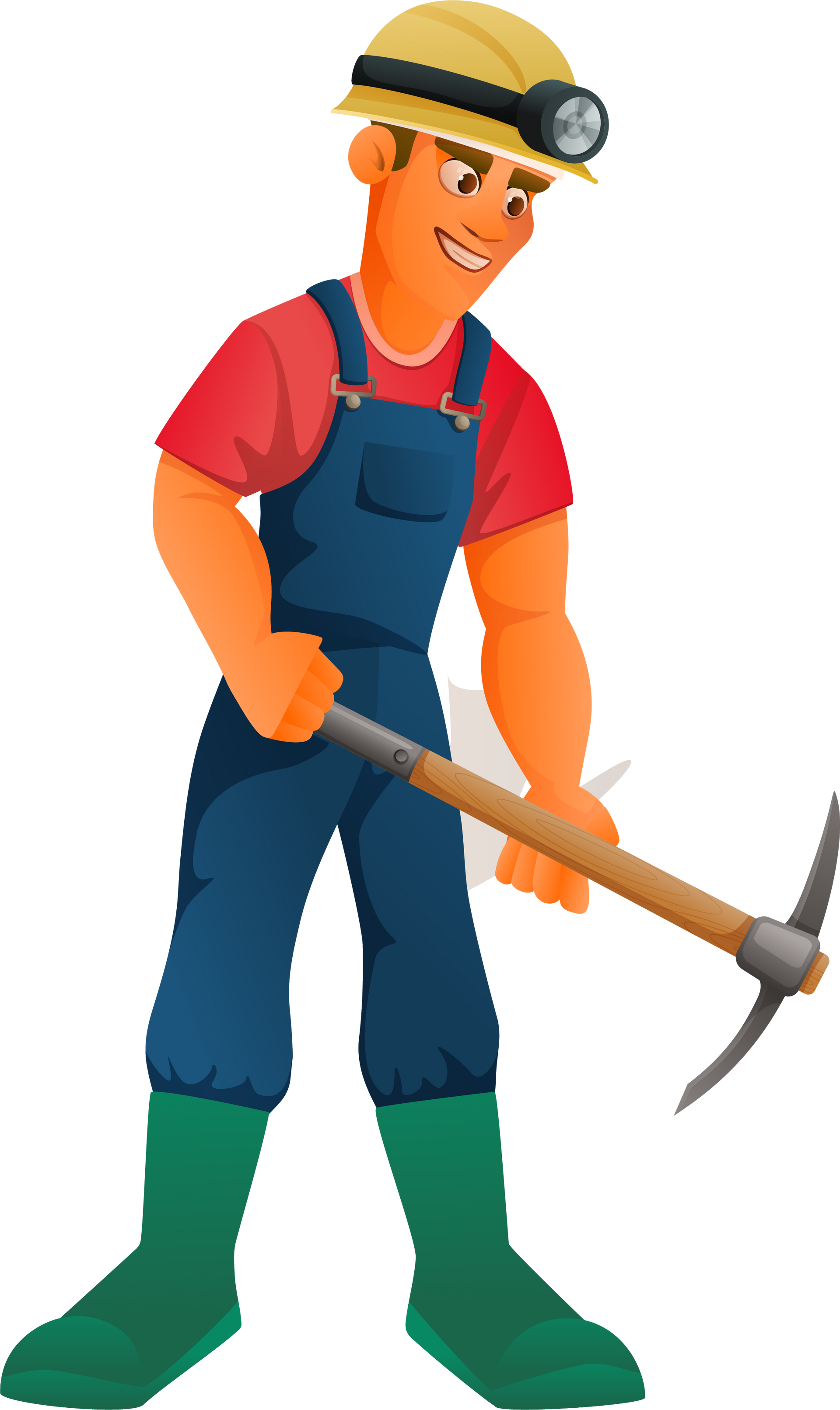
This is Mark. Mark lived up the road in Greenhow. He and his brother William were miners. They were always looking in the ground for a metal called lead.
One day in 1860, they were digging for lead when suddenly the spade went through the ground – and into a cave!
It's thanks to them that you can visit Stump Cross Caverns today.

This is Mark. Mark lived up the road in Greenhow. He and his brother William were miners. They were always looking in the ground for a metal called lead.
One day in 1860, they were digging for lead when suddenly the spade went through the ground – and into a cave!
It's thanks to them that you can visit Stump Cross Caverns today.

This is Mark. Mark lived up the road in Greenhow. He and his brother William were miners. They were always looking in the ground for a metal called lead.
One day in 1860, they were digging for lead when suddenly the spade went through the ground – and into a cave!
It's thanks to them that you can visit Stump Cross Caverns today.
Mines give us coal, metal and other materials that we use to build houses, roads and cars. But mining can also change the environment in a bad way.
As well as mining, humans have changed the environment by building farms, rubbish dumps, towns and cities.
These things are important to us – but we need to look after living things and their environments too. This is called conservation. Nature reserves are built to conserve animals and plants.
Mines give us coal, metal and other materials that we use to build houses, roads and cars. But mining can also change the environment in a bad way.
As well as mining, humans have changed the environment by building farms, rubbish dumps, towns and cities.
These things are important to us – but we need to look after living things and their environments too. This is called conservation. Nature reserves are built to conserve animals and plants.
Mines give us coal, metal and other materials that we use to build houses, roads and cars. But mining can also change the environment in a bad way.
As well as mining, humans have changed the environment by building farms, rubbish dumps, towns and cities.
These things are important to us – but we need to look after living things and their environments too. This is called conservation. Nature reserves are built to conserve animals and plants.
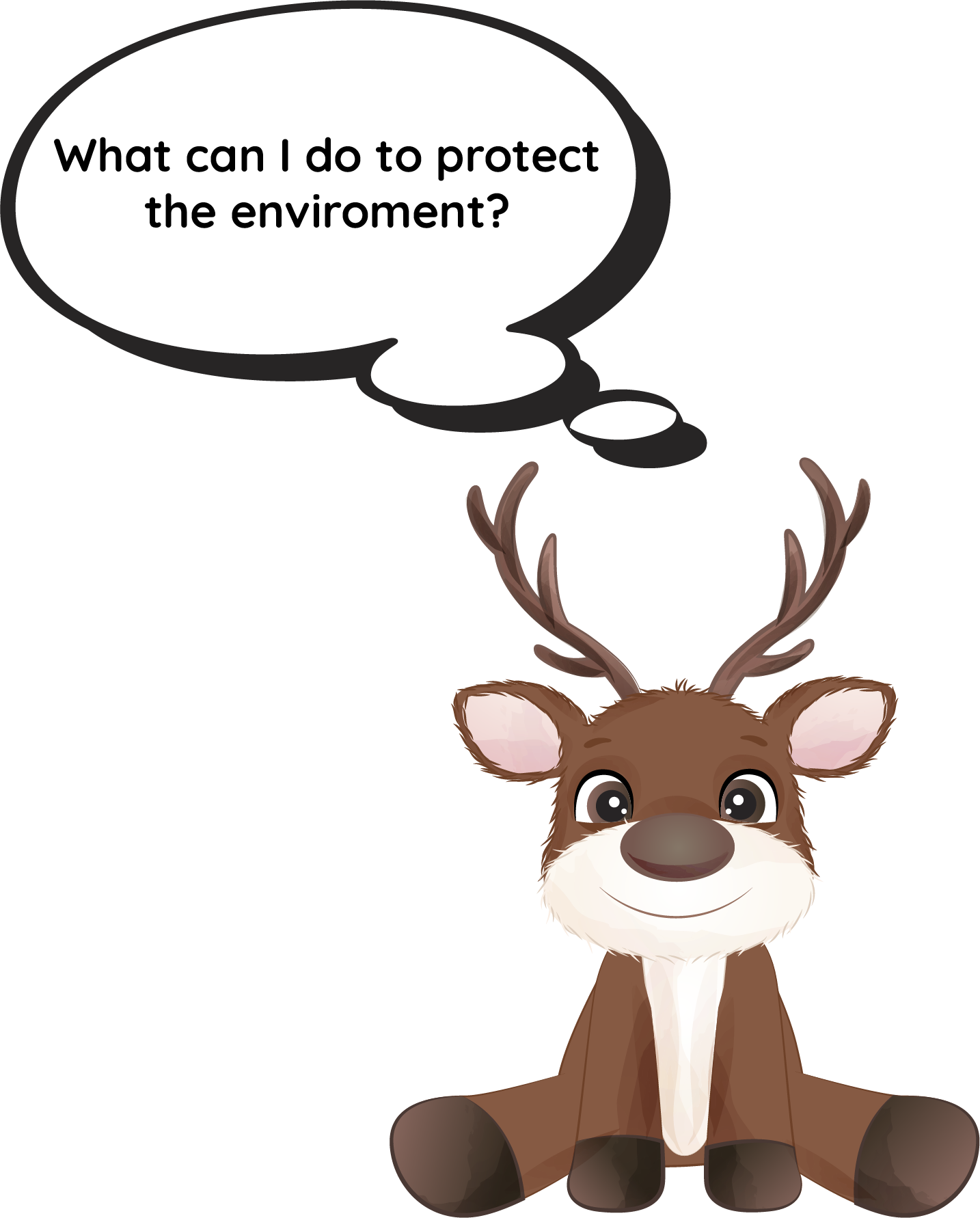
- Use buses and trains
- Don't drop litter
- Recycle things instead of throwing them away
- Plant flowers and plants

- Use buses and trains
- Don't drop litter
- Recycle things instead of throwing them away
- Plant flowers and plants

- Use buses and trains
- Don't drop litter
- Recycle things instead of throwing them away
- Plant flowers and plants
What have you learnt? Have a go at our quiz and check your knowledge.

Stump Cross Caverns
Greenhow Hill
Pateley Bridge
Yorkshire
HG3 5JL
All Rights Reserved | Stump Cross Limited
Crafted with creativity and marketing savvy by My Digital Hero
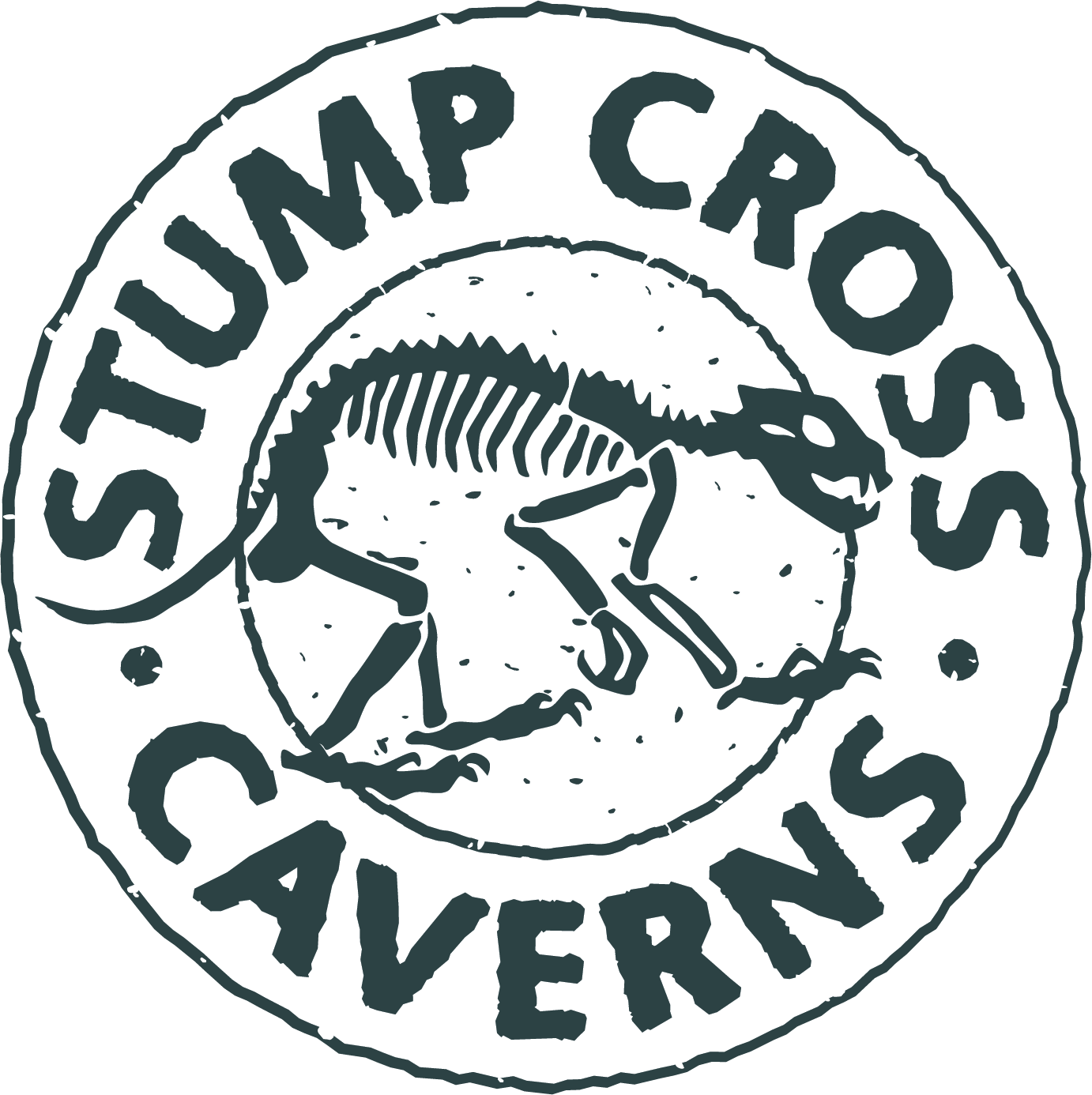
Stump Cross Caverns
Greenhow Hill
Pateley Bridge
Yorkshire
HG3 5JL
enquiries@stumpcrosscaverns.co.uk
enquiries@stumpcrosscaverns.co.uk
All Rights Reserved | Stump Cross Limited
